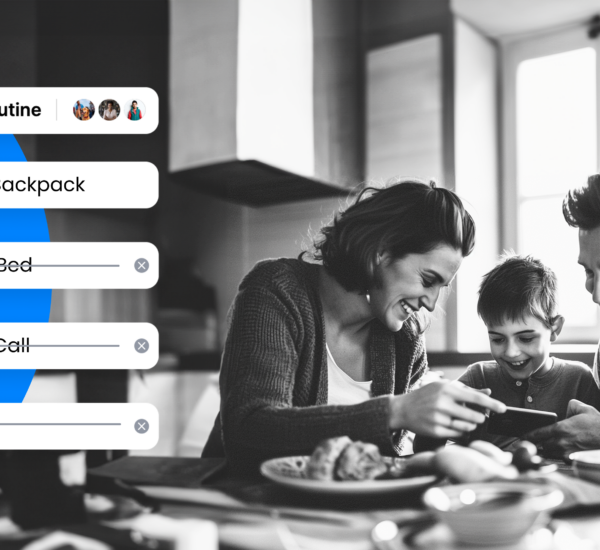Do you struggle with procrastination and lack of motivation when it comes to certain tasks? If so, you’re not alone. Many people struggle to stay motivated and focused on tasks that are important but not necessarily enjoyable. One solution to this problem is “temptation bundling,” a strategy that pairs a tempting activity with a less enjoyable task to make the latter more appealing.
In this article, we’ll explore the concept of temptation bundling in-depth, including how it works, why it’s effective, and how you can start using it to increase your productivity and achieve your goals.
What is Temptation Bundling?
Temptation bundling is a productivity strategy that combines a task you need to do with a task you want to do. By pairing a less enjoyable task with a more enjoyable one, you can make the less enjoyable task more appealing and increase your motivation to complete it.
For example, if you struggle to find the motivation to go to the gym, you could pair it with something you enjoy, like listening to a favorite podcast or audiobook. You only allow yourself to listen to the podcast or audiobooks while you’re at the gym, creating a “temptation bundle” that makes going to the gym more enjoyable and motivating.
The idea behind temptation bundling is that it leverages the power of temptation to help you achieve your goals. By pairing a task you need to do with something you want to do, you create a sense of anticipation and excitement that can help motivate you to take action.
Why Does Temptation Bundling Work?
Temptation bundling works for several reasons. First, it helps to create a sense of anticipation and reward for completing a task. By pairing a less enjoyable task with a more enjoyable one, you create a sense of excitement and anticipation around the less enjoyable task. This can make it feel less like a chore and more like a reward, increasing your motivation to complete it.
Second, temptation bundling helps to overcome the “present bias” that often leads to procrastination. Present bias is the tendency to prioritize immediate rewards over long-term goals. By pairing a long-term goal (like going to the gym) with an immediate reward (like listening to a podcast), you can overcome present bias and increase your motivation to take action.
Finally, temptation bundling can help to create a sense of momentum and consistency. By consistently pairing a less enjoyable task with a more enjoyable one, you create a habit that can be easier to maintain over time. This can help to build momentum and increase your overall productivity.
How to Use Temptation Bundling
To use temptation bundling effectively, follow these steps:
- Identify a task that you struggle to complete or find motivation for.
- Identify a tempting activity that you enjoy and would like to do more of.
- Create a rule that you can only engage in the tempting activity while you’re completing the less enjoyable task.
- Stick to the rule consistently to build a habit of temptation bundling.
Examples of Temptation Bundling
Here are some examples of temptation bundling that you can try:
- Listening to an audiobook or podcast while exercising
- Watching your favorite TV show while folding laundry
- Eating your favorite snack while doing paperwork or paying bills
- Treating yourself to a favorite food or beverage while working on a project
- Playing your favorite video game while doing household chores
The key is to find an activity that you truly enjoy and would like to do more of, and then pair it with a task that you struggle to find motivation for. By consistently following the rule of only engaging in the tempting activity while you’re completing the less enjoyable task, you can create a habit of temptation bundling that can help increase your productivity and motivation.
Conclusion
Temptation bundling is a powerful strategy that can help you overcome procrastination, increase your motivation, and achieve your goals. By pairing a less enjoyable task with a more enjoyable one, you create a sense of anticipation and excitement that can help you stay focused and productive.
To use temptation bundling effectively, start by identifying a task that you struggle to complete or find motivation for, and then identify a tempting activity that you enjoy and would like to do more of. Create a rule that you can only engage in the tempting activity while you’re completing the less enjoyable task, and stick to the rule consistently to build a habit of temptation bundling.
With practice, temptation bundling can become a powerful tool in your productivity toolkit. Whether you’re trying to exercise more, complete household chores, or tackle a difficult work project, temptation bundling can help you stay motivated and focused, and ultimately achieve your goals.



